Have you ever noticed your cat curling up in the same corner of the living room day after day? Maybe it’s under the bed, behind the couch, or on that old, sun-dappled armchair. It’s not just a quirky habit—this choice is deeply tied to your cat’s emotions, instincts, and sense of safety. As mysterious as they are adorable, cats seem to have a secret world when it comes to choosing their favorite spot. If you’ve ever wondered why your feline friend claims one room as their own, prepare to peek behind the curtain of cat psychology. Their choice might surprise you, tug at your heartstrings, or even make you reconsider how you see your home through their eyes.
Instincts: The Wild Roots of Domestic Cats

Cats are creatures with ancient instincts. Even though they’ve traded the wild for our homes, they still carry a strong urge to find a safe, secure spot. In the wild, a cat would find a place that offers protection from predators and a good vantage point for hunting. Modern cats might not need to hunt for survival, but the instinct to feel hidden and safe is still strong. That’s why your cat might choose a room with less foot traffic or one that allows them to see everything happening around them. This primal need for safety can be compared to our own desire to lock the doors at night. By sticking to one room, your cat is following ancient rules that have helped their ancestors survive for thousands of years.
Scents and Familiarity: Comfort in the Known

Cats have a powerful sense of smell. They use scents to navigate the world and find comfort. Their favorite room probably smells the most like them (or you), which gives them a sense of ownership and familiarity. Cats have glands on their cheeks and paws that spread their scent around, marking territory in a way we can’t see but they can definitely sense. When a cat chooses a room for emotional grounding, it’s often because the space smells safe and welcoming. Think of it like your favorite blanket—comforting, warm, and unmistakably yours. Cats return to these scented spots when they feel anxious or just want to relax.
Sunlight and Warmth: Nature’s Cozy Blanket

Ever notice how cats always seem to find the sunniest spot in the house? Sunlight offers more than just warmth—it’s a source of deep comfort for cats. A room that receives a lot of sunlight may quickly become a cat’s favorite for emotional grounding. The warmth soothes sore muscles, while the light creates a pleasant environment that feels safe and inviting. Just as we might gravitate toward a sunbeam on a chilly day, cats instinctively seek out these cozy nooks. The sun’s rays can make a plain room feel like a paradise for a sun-loving feline.
Sound and Silence: Finding Peace and Quiet

Cats are experts at finding peace and quiet. Loud noises or a bustling environment can make them feel uneasy. One reason a cat may choose a particular room is because it’s quieter or more insulated from the noise of daily life. Bedrooms, for example, are often less noisy than kitchens or living rooms. The absence of loud sounds allows cats to relax and feel secure. For a nervous cat, a quiet room is the equivalent of a peaceful retreat where they can recharge and soothe their nerves.
Social Dynamics: The Family Connection

Cats aren’t always the solitary animals people think they are. Many cats choose rooms where their favorite people spend the most time. If you work from home in a certain room, don’t be surprised if your cat decides that space is their sanctuary, too. Emotional grounding for cats can mean being close to those they trust. Just as you might feel calmer when a friend is nearby, your cat can feel safer and happier in a room you frequently use. Their attachment to a specific room may be less about the space and more about the company they find there.
Furniture and Hiding Spots: The Cat’s Playground
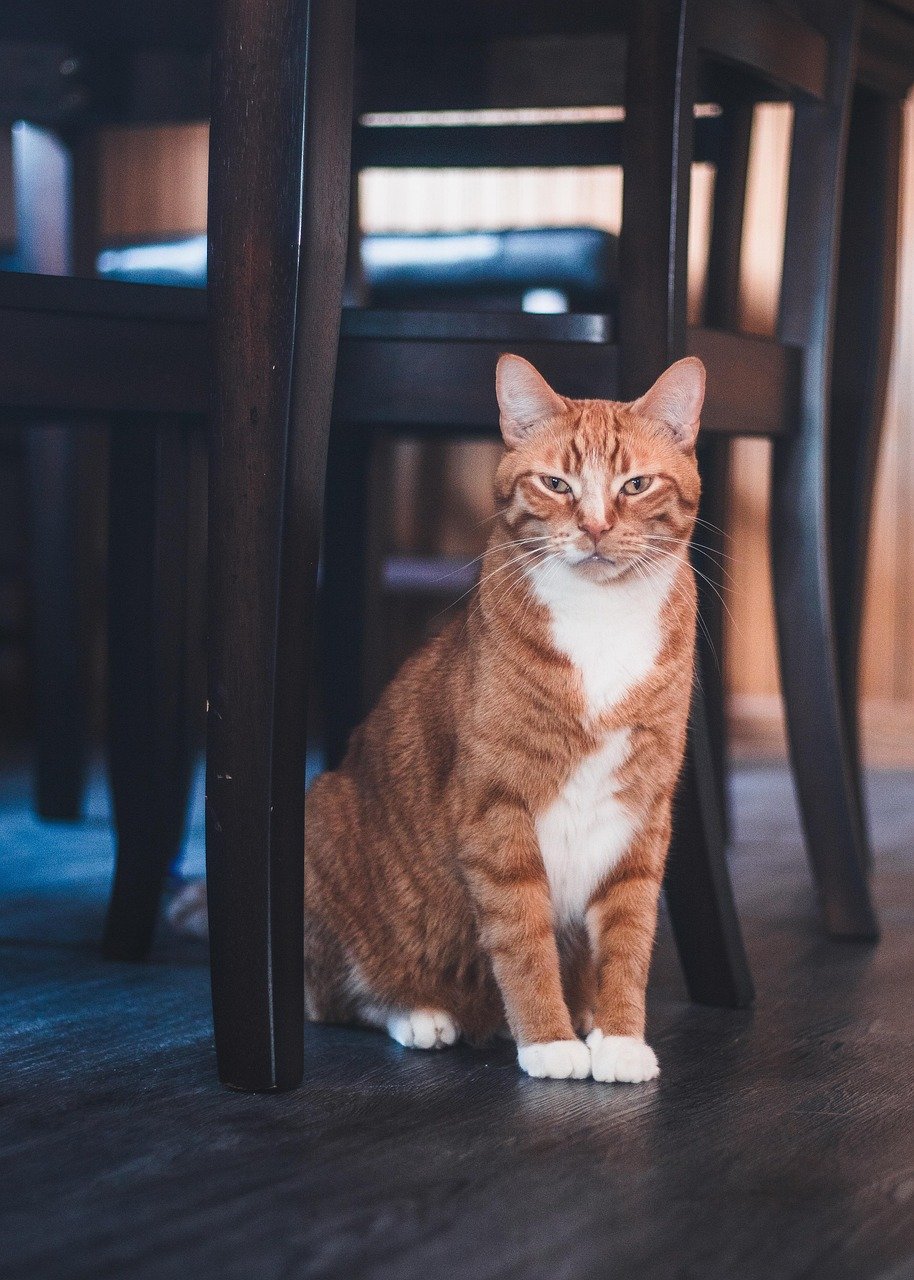
The layout and furniture in a room can have a huge impact on your cat’s choice. Cats love to have options for hiding, climbing, and perching. A room with a lot of furniture, soft cushions, or high shelves will be much more appealing than a bare, open space. The ability to hide or climb gives cats a sense of control and security, helping them manage their emotions. For example, a room with a big couch or a bed underneath which a cat can retreat offers the ultimate comfort zone for emotional grounding.
Past Experiences: The Echoes of Memory

Cats never forget. If your cat had a traumatic experience in one room or a positive one in another, those memories will shape their preferences. A room where they were once startled by a loud noise may be avoided, while a room where they were lovingly petted or fed will feel like home. These experiences linger in their minds, guiding them toward spaces that bring positive emotions. This is much like how we avoid places tied to bad memories and cherish those filled with joy.
Territorial Behavior: Defending the Fortress

Territorial instincts are strong in cats. Once they claim a room as their territory, they may guard it fiercely—against other pets or even people. This territorial claim brings a sense of control and power, which is emotionally grounding for a cat. In multi-cat households, you may notice each cat choosing a different room as their base. It’s their way of managing social stress and maintaining harmony. Territorial behavior isn’t just about aggression; it’s about finding stability in their world.
Stress and Anxiety: Seeking Refuge

When cats feel stressed or anxious, they instinctively seek out a safe haven. This might be a quiet bedroom or a bathroom with a closed door. These rooms become emotional grounding spots—a place to escape the chaos. If your cat is suddenly spending more time in one room, it could be their way of coping with changes like a new pet, unfamiliar visitors, or even construction noise. This behavior is their version of taking a deep breath and finding a moment of peace.
Temperature Preferences: Hot and Cold Spots
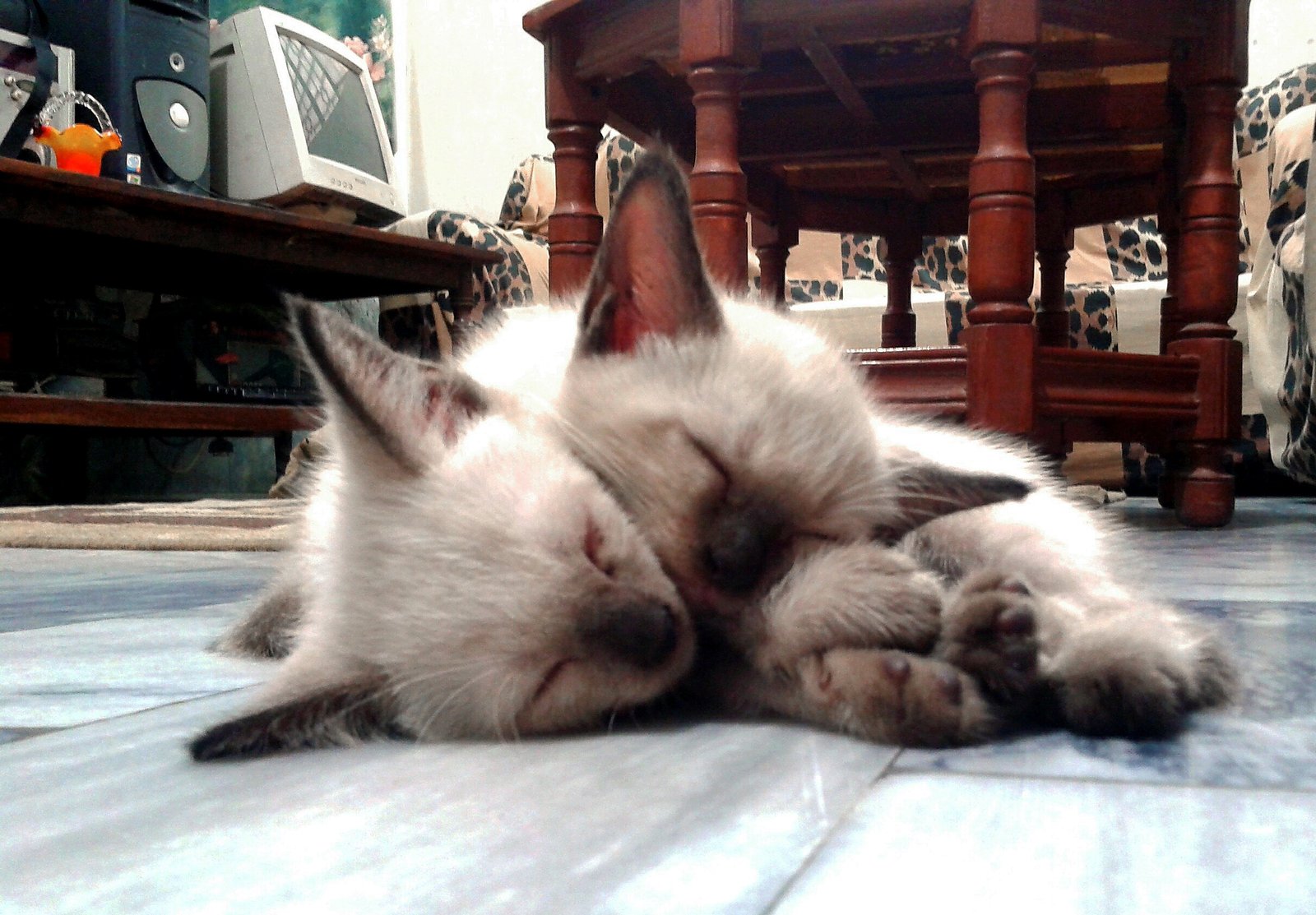
Cats are picky about temperature. Some love a warm, stuffy room, while others prefer a cool, breezy spot. The temperature of a room can play a big role in their decision-making process. A room that matches their preferred climate becomes a favorite because it helps them relax and regulate their body heat. Their sensitivity to temperature is much like how we gravitate toward a cozy fireplace in winter or seek shade on a hot day. The right temperature makes a room feel just right.
Health and Aging: Easy Access and Comfort
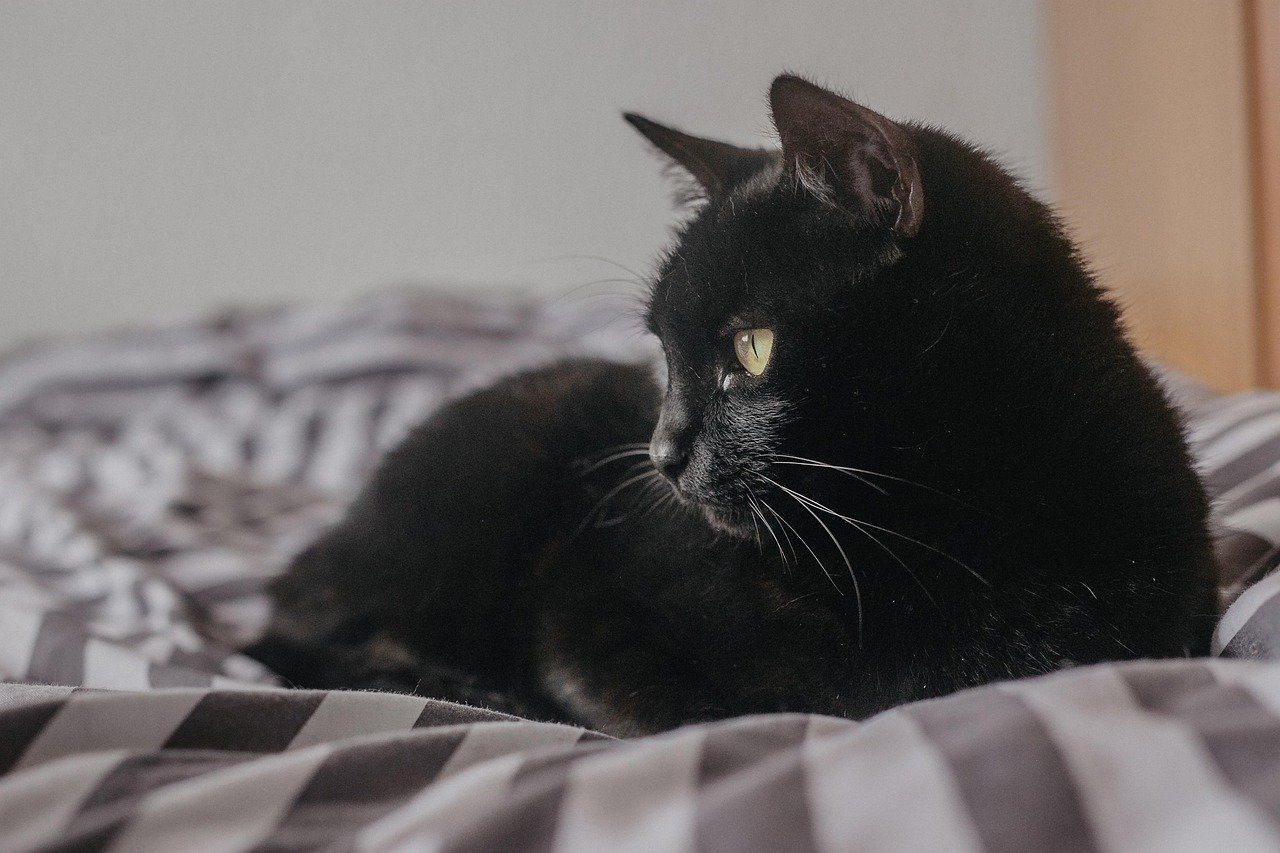
As cats age, their physical needs change. Senior cats often choose rooms that are easy to access and have soft surfaces to rest on. Climbing stairs or jumping onto high furniture may become difficult, so they pick a room that accommodates their limitations. Chronic health issues, like arthritis, can drive them toward a room with less movement required. In these spaces, they can rest without pain, making the room a true emotional and physical haven.
Personal Routine: Predictability and Safety

Cats are creatures of habit. They love routine and predictability. Choosing one room as their emotional anchor provides a sense of stability in their daily lives. Just as some people have a favorite chair or reading nook, cats find comfort in the familiar. This repeated behavior is soothing and helps them manage stress, especially in households with unpredictable schedules or frequent changes.
Ownership and Scent Marking: Making It Theirs
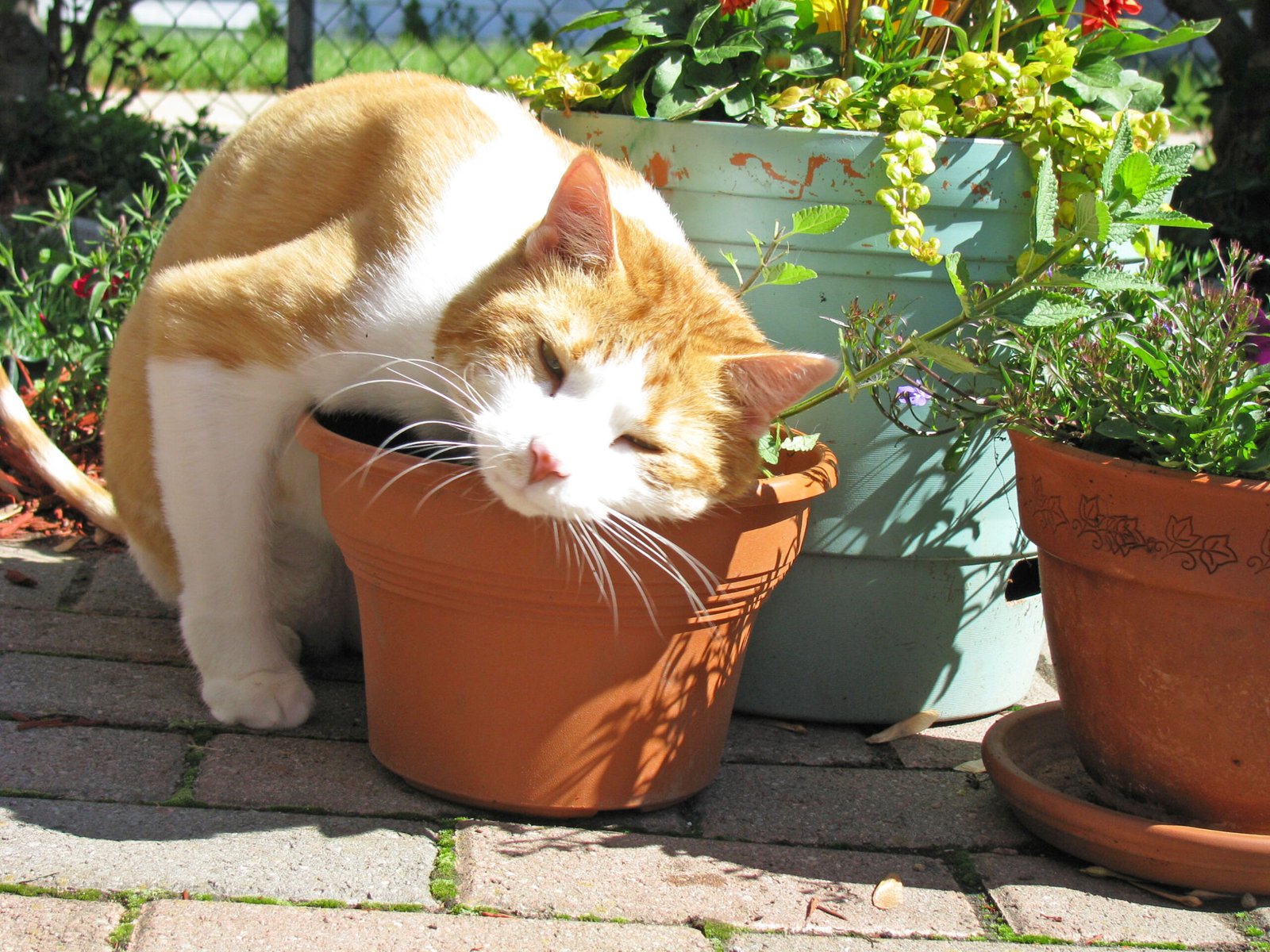
Every time your cat rubs against a piece of furniture or kneads a blanket, they’re leaving their scent behind. This is their way of saying, “This is mine.” Repeatedly marking one room with their scent makes it feel like home turf. This scent-marked space becomes emotionally significant, a safe zone where they feel in control. It’s a bit like when you hang up family photos or put up personal decorations—you’re making a space your own.
Lighting and Shadows: The Mood of a Room

Cats pay close attention to lighting. A room with soft, natural light or interesting shadows can become a favored spot because it feels calm and inviting. Harsh, artificial lighting may be unsettling for sensitive cats. The play of light and shadow creates a dynamic environment for them to watch and explore, adding a sense of mystery and comfort. It’s no wonder cats are drawn to windowsills where the light shifts throughout the day.
Human Behavior: Reading the Room
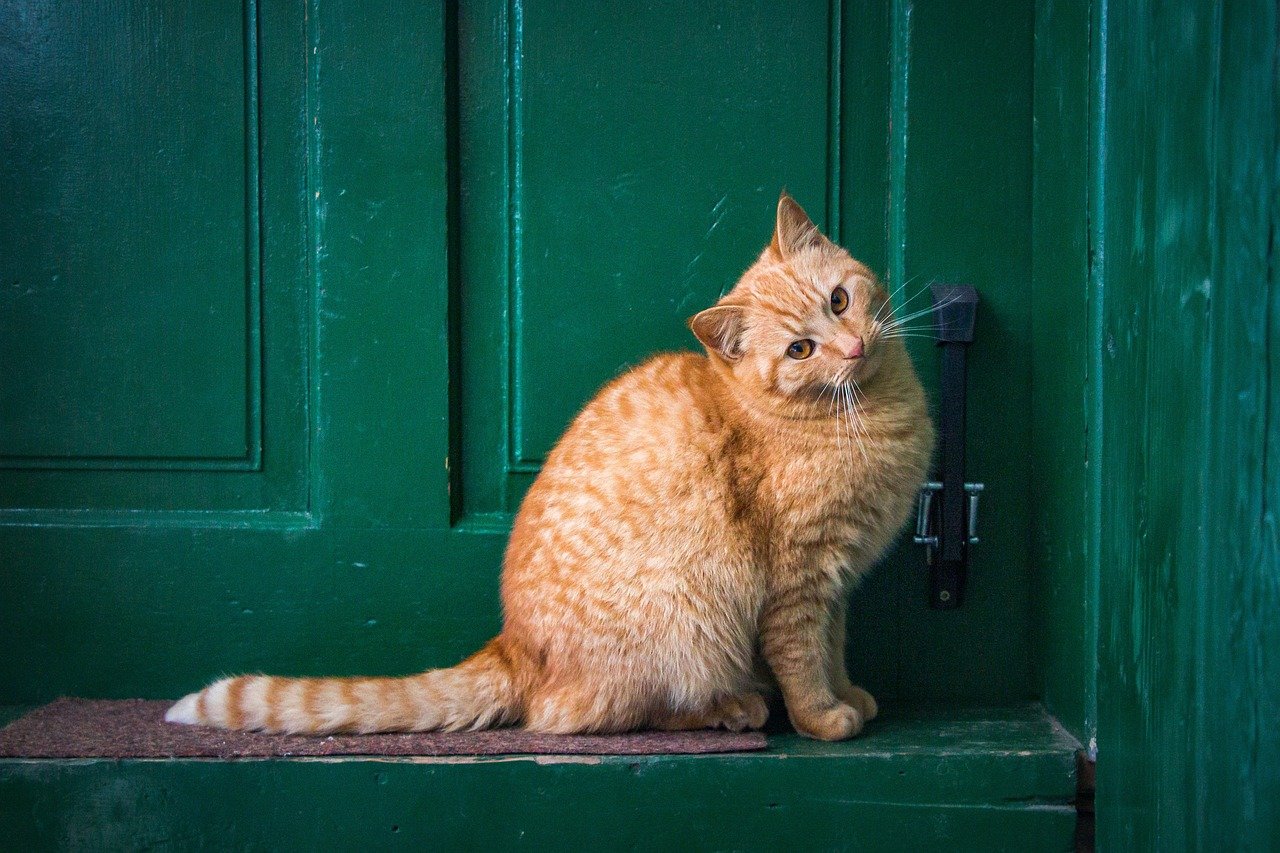
Cats are expert observers. They watch how you and other people use different rooms and adjust their preferences accordingly. If a room is often associated with loud parties or strangers, a cat may avoid it, while a room used for quiet reading or gentle play will become their sanctuary. This shows how much your cat’s choices are influenced by your actions and routines. They’re always reading the room—literally!
Other Pets: Navigating Relationships

Multi-pet households bring extra challenges for cats. If a dog or another cat dominates certain areas, your feline friend may retreat to a room where they feel less threatened. The presence or absence of other pets directly affects where a cat feels emotionally grounded. Sometimes, the chosen room is the only place where they feel they can truly relax and be themselves.
Sensory Input: The Power of Stimulation

Cats experience the world through their senses. A room with interesting sights, smells, and sounds can become a favorite because it offers mental stimulation and comfort. A window with a view of birds, for example, can keep a cat entertained for hours. On the other hand, too much stimulation can be overwhelming, so they’ll seek out a spot that balances excitement with calmness. It’s a fine balance, and every cat is different.
Early Life Experiences: Imprinting and Attachment

The rooms cats remember from kittenhood can play a big role in their adult preferences. If a cat was raised in a particular room or always fed in a certain spot, those early positive associations stick with them. Just as humans are drawn to childhood homes or favorite places, cats too can feel emotionally grounded in spaces that remind them of their earliest days. These attachments can be surprisingly strong and long-lasting.
Security and Escape Routes: Planning for Safety

Safety is always on a cat’s mind. A room with easy escape routes—like doors or windows—offers peace of mind. Cats like to have options, even if they never use them. Knowing they can make a quick getaway if needed helps them feel more secure. This need for a “plan B” explains why some cats avoid rooms that feel like traps or dead ends. The ideal room is one where escape is always possible, just in case.
Changes in the Household: Adapting to New Realities
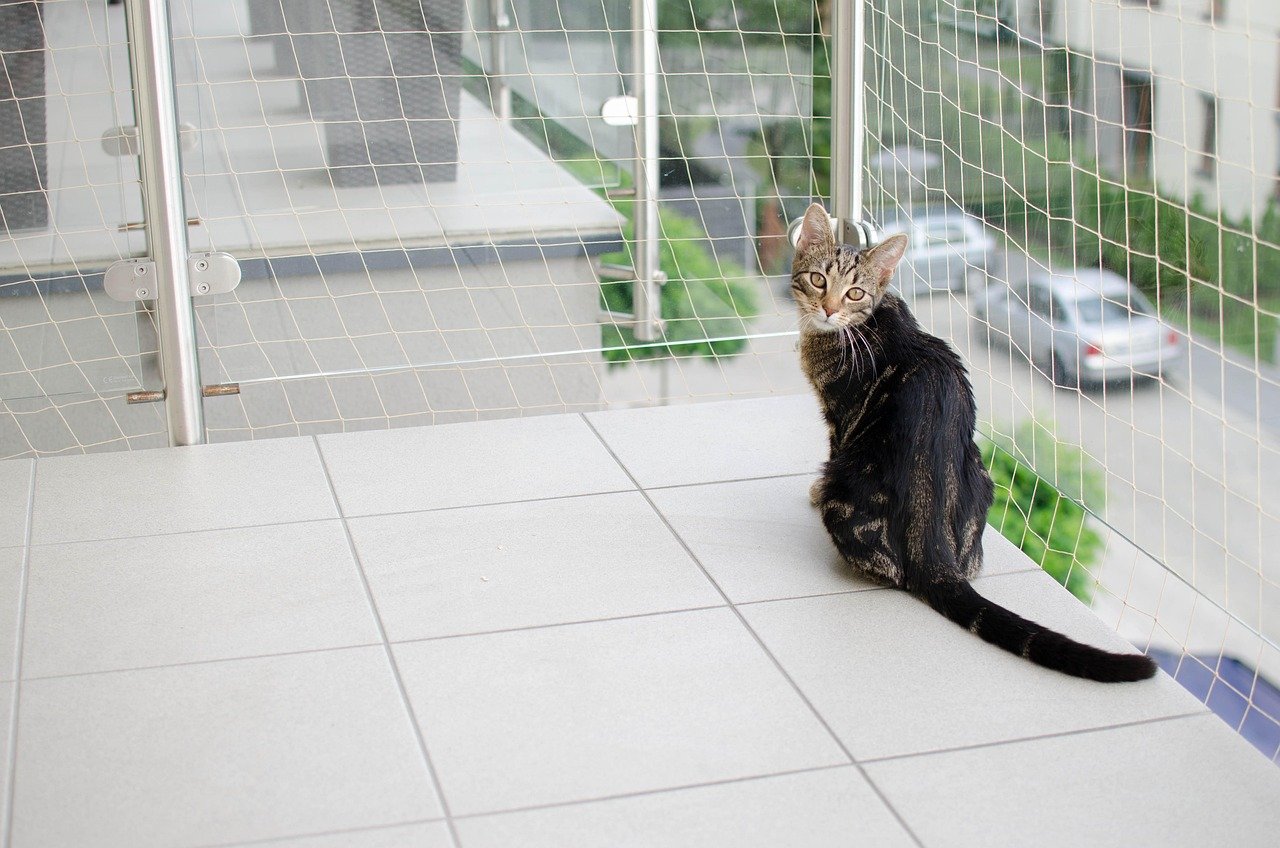
Life changes—like moving, new family members, or renovations—can shake up a cat’s sense of security. When things get chaotic, many cats retreat to a single, familiar room to regain their bearings. The chosen room acts as a buffer from the stress of change. Even after things settle down, the cat may continue to favor that room, associating it with safety and comfort during turbulent times.
Owner’s Emotional State: Sharing Feelings

Cats are surprisingly sensitive to human emotions. If you’re stressed, sad, or happy, your cat may pick up on your mood and seek out the room where you spend time during those emotions. In this way, their choice of room becomes a reflection of your own emotional state. This emotional mirroring creates a powerful bond between you and your cat. Sometimes, the space you both share becomes a sanctuary for both human and feline feelings.
Cats are mysterious, sensitive, and deeply attached to the spaces they claim as their own. Their choice of one room for emotional grounding is a blend of instinct, experience, and the invisible threads that tie them to us. Every cat’s story is different. The next time you find your kitty curled up in their favorite room, you’ll know there’s a whole world of reasons behind that simple choice.






